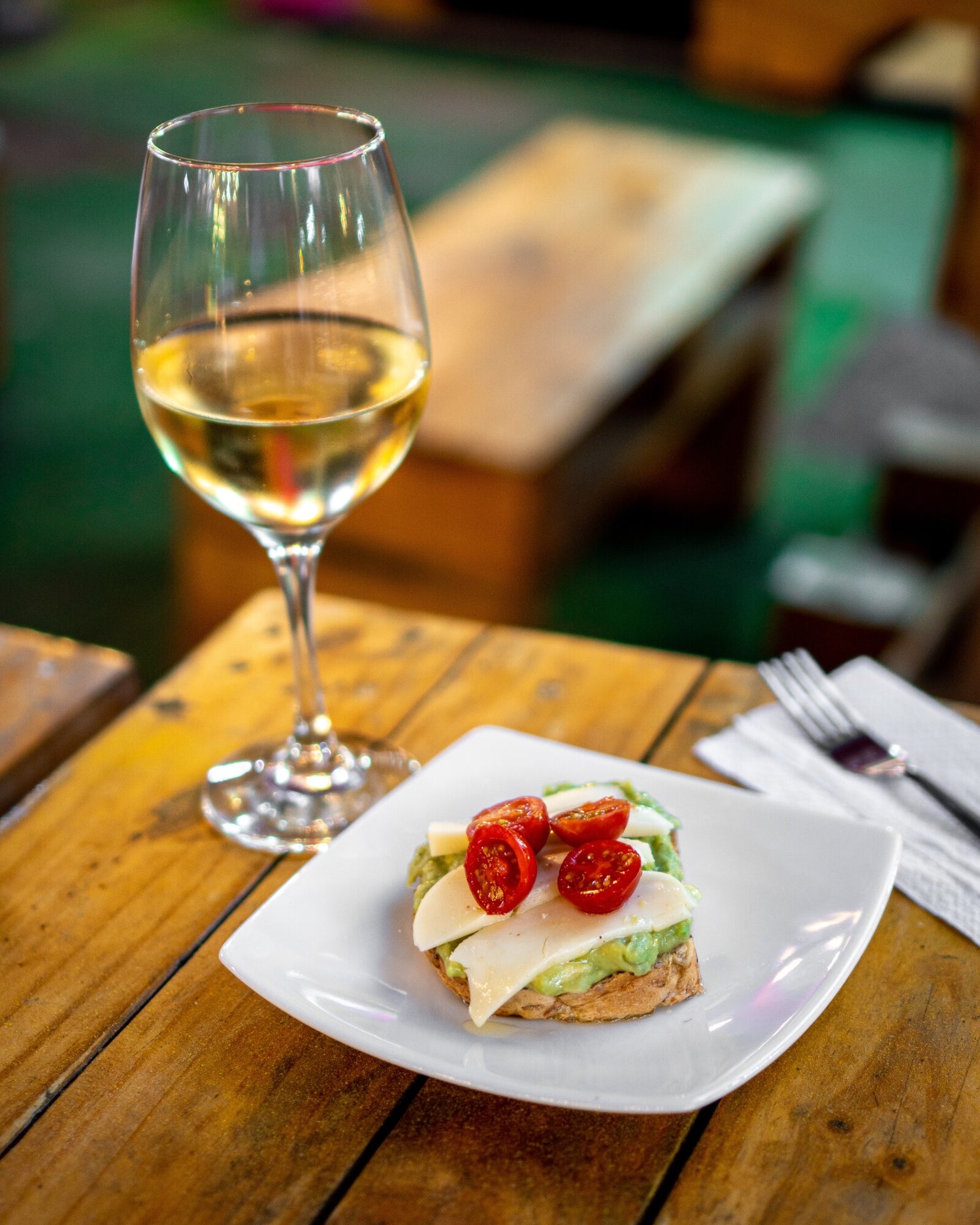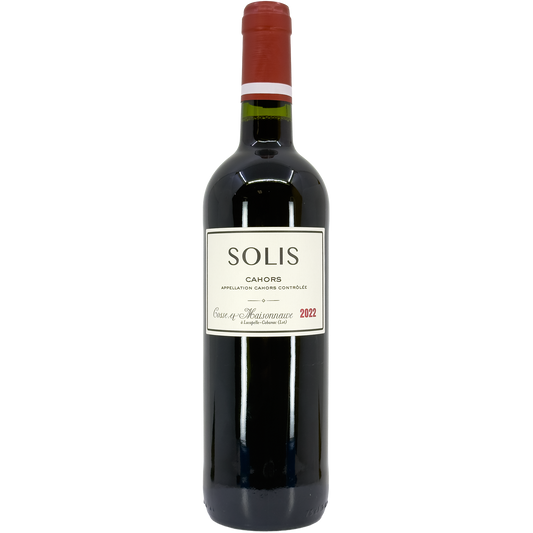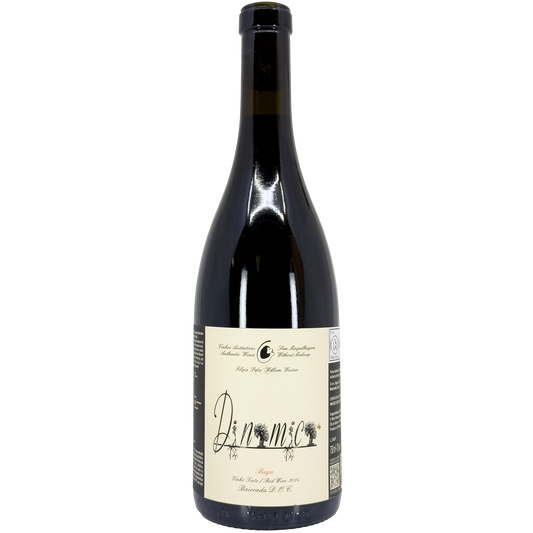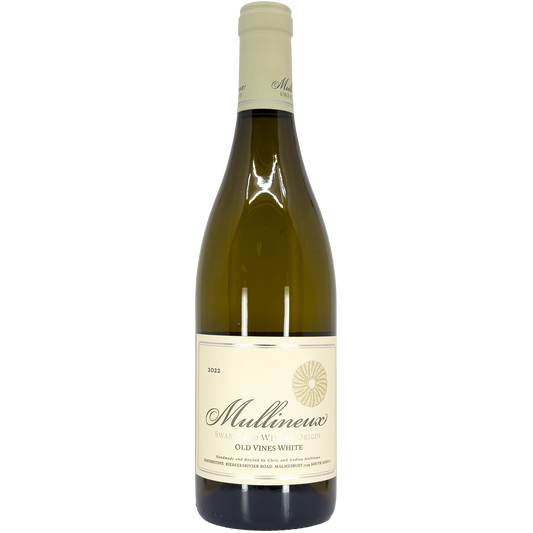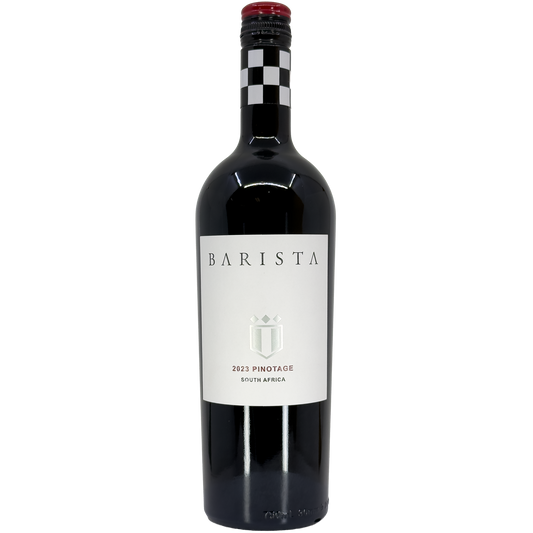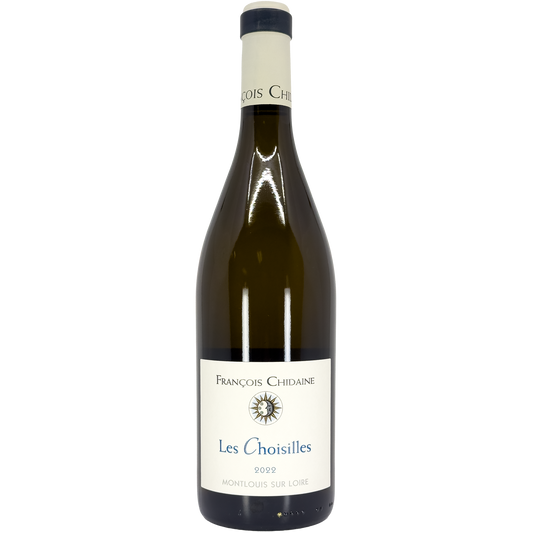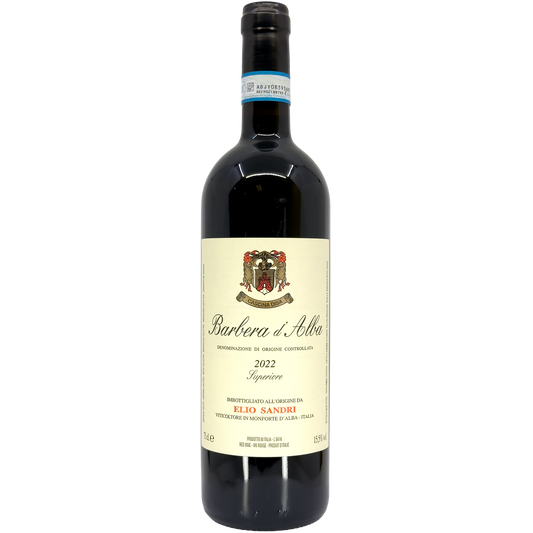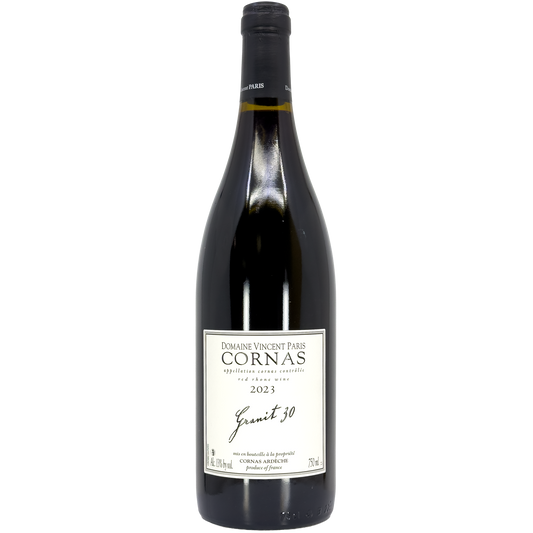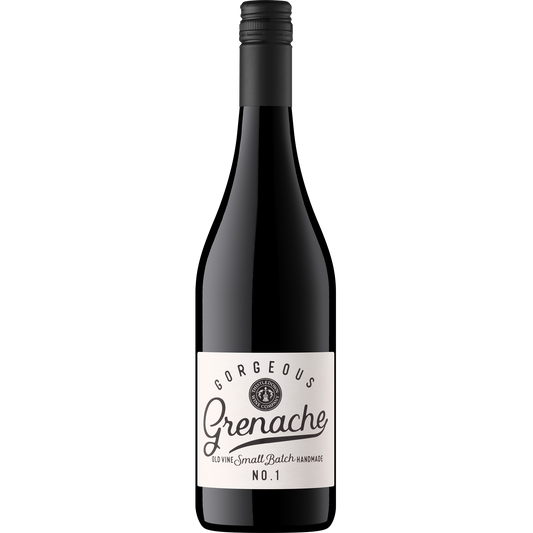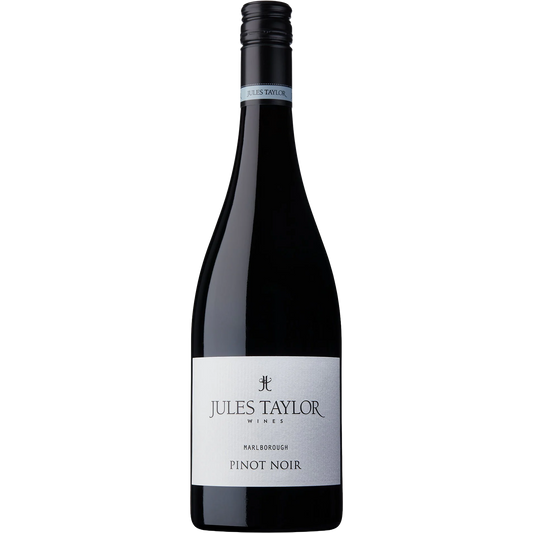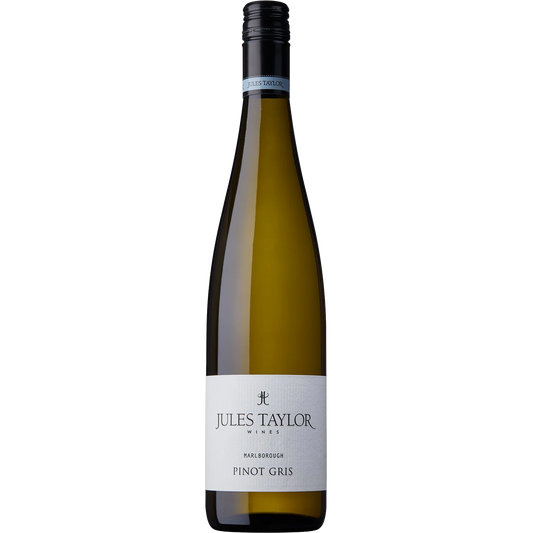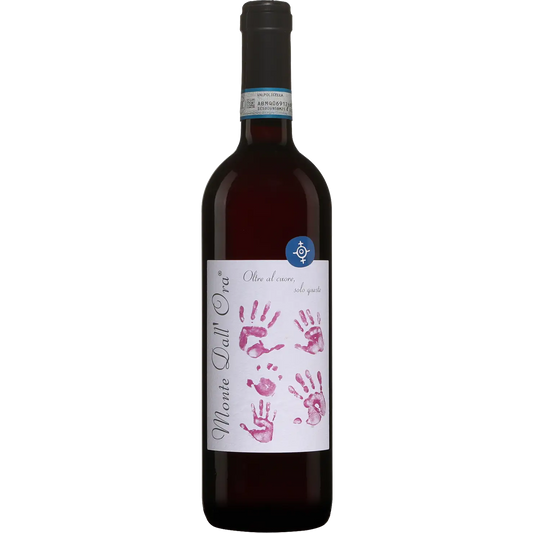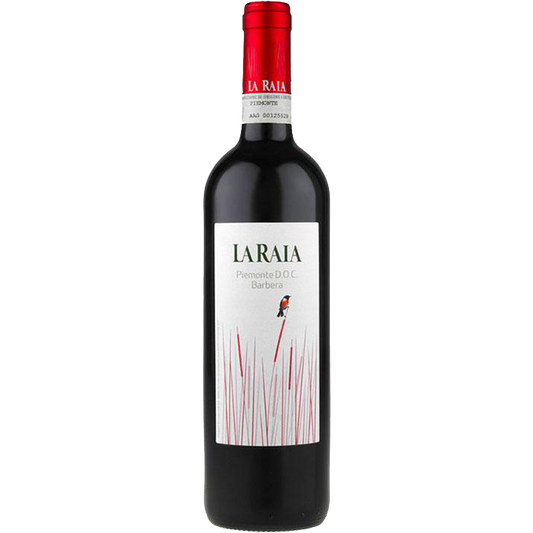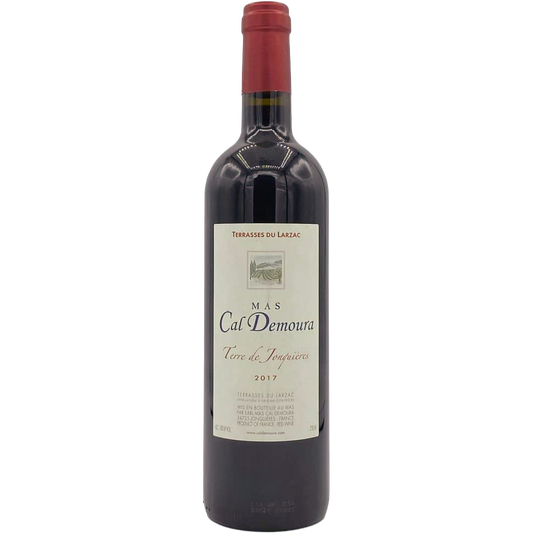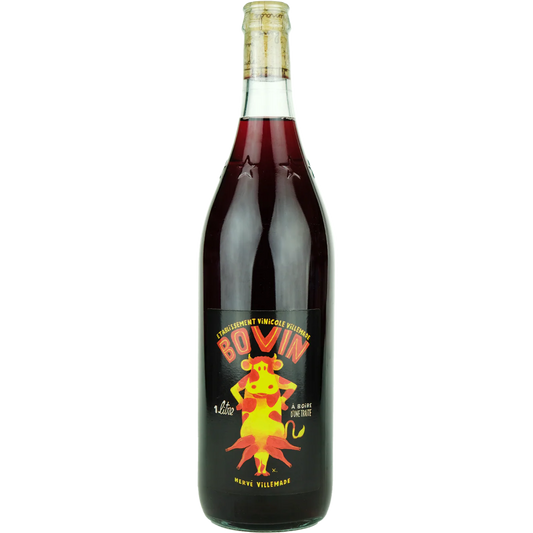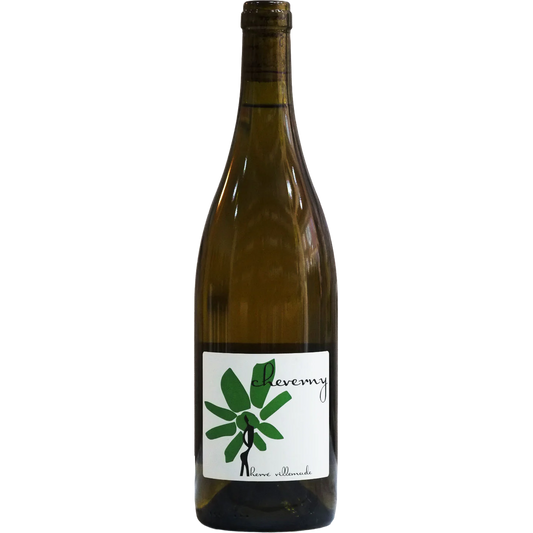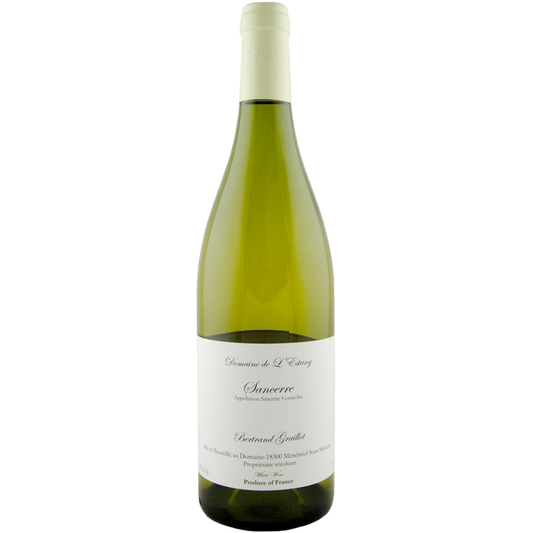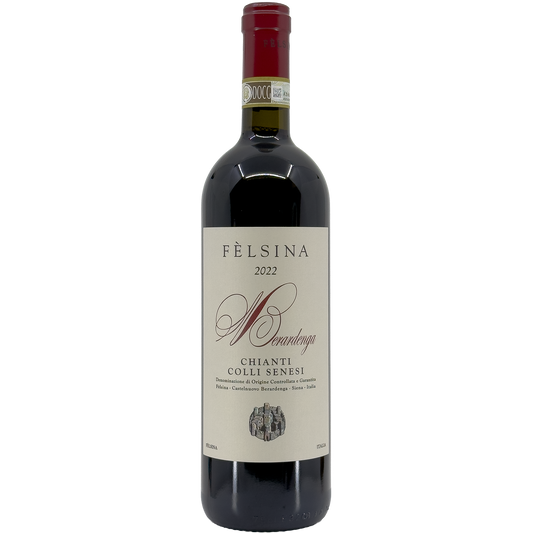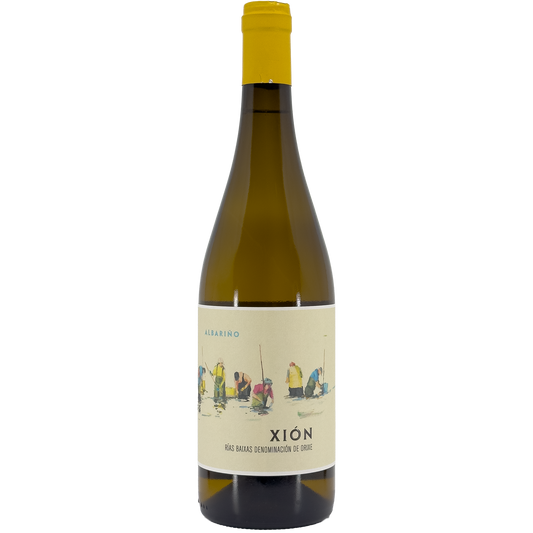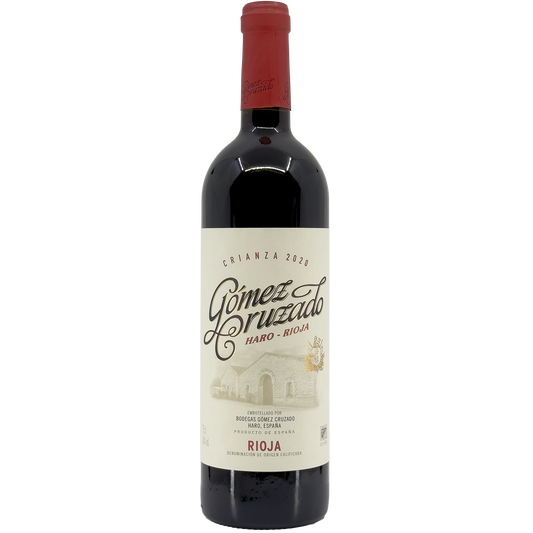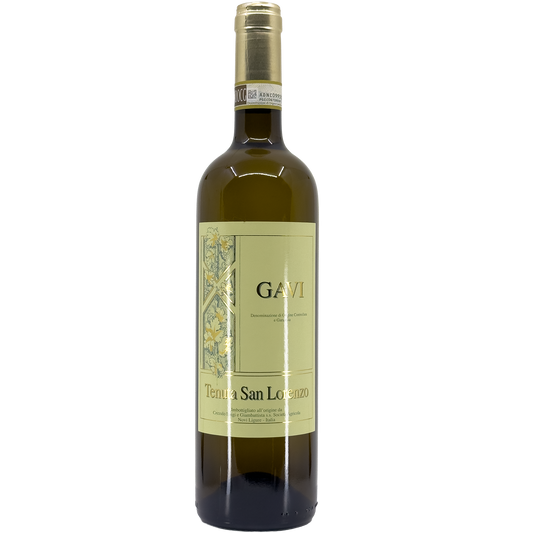For those who are interested in exploring a new pastime, we know that wine and food pairing can at first be overwhelming. With over 10,000 types of wine grape varieties in the world-- some that are celebrated, and some that are lesser-known-- selecting and pairing wine can feel intimidating, and something that comes naturally to our most interesting friends.
Our philosophy? It's never too late to learn how to match wine and food.
If you don't know where to start, that's where we come in. Follow along with our top wine and food pairing tips, and feel a new kind of confidence at your next dinner party.
Basic Flavor Components in Wine
A successful food and wine pairing creates a balance between the flavors in a dish, and the natural characteristics of your chosen wine. Though there are over 20 different tastes found in food, the ones that are most relevant to food and wine are:
- Salt
- Acid
- Sweet
- Bitter
- Fat
- Spice
With wine pairing, a great starting place is an awareness of the basic flavor components in your favorite bottles. Consider acidity, sweetness and bitterness, and how they present in your three favorite categories:
- Red wines - tend to be more bitter
- White, rosé, and sparkling wines - tend to have more acidity
- Sweet wines - have the most sweetness
Once you understand these basic flavor components and how they interact with the food you eat, you can start to create your own pairing combinations for whatever it is that you are cooking.
Starter Tips for Wine and Food Pairing
After you understand the breakdown of bitterness, acidity, and sweetness, you can then branch out to learning the rules of pairing. The starter tips are as follows:
- If acidic, your wine should be more acidic than the food
- If sweet, your wine should be sweeter than the food
- Flavor intensity should be matched
- Try matching the wine with the sauce instead of the meat
Want to get even more advanced with it? Move on to understanding complementary and congruent pairings to really impress your guests (and yourself!).
Complimentary and Congruent Pairing
Very simply, a contrasting pairing uses its flavors to create balance. A congruent pairing is meant to amplify shared flavors.
More often than not, red wines will create congruent pairings. The flavor components in the red wine will add and intensify shared flavor components in a dish.
A white wine with high acidity will create complementary pairings. Consider what flavor components (like fat) might balance out in a pairing combination.
Recommended Pairings
Red wines pair best with bold-flavored, red meats and are balanced with fat. White wines pair best with light-intensity meats like fish and chicken. More often than not, white, sparkling, and rosé wines are used to create contrasting pairings.
Sweet Wines
Sweet dessert wines typically come from late-harvest grapes. If you're craving sweetness, pair these wines with sweet, creamy desserts, exotic blue cheese, chocolate, honey, and dried fruit.
Cabernet and Merlot
Wines like Merlot and Cabernet Sauvignon are bold, usually described as medium to full-bodied. They smell and taste like dark fruit and strong spices. Their robust, warm texture is best with heavy meals.
Cabernet Sauvignon is best paired with steak, game meats, slow-cooked stews, braised short ribs, and hamburgers.
Merlot can be paired with both light and heavy dishes but tastes best with roasted root vegetables, pasta, pork, lamb, and mushrooms.
Pinot Noir
Pinot Noir is a light-bodied red that is perfect for beginners. It's not too intense, but still complex. Unlike other rich red wines, Piniot Noir avoids drying tannins that can make a red wine unapproachable.
Pinot Noir is usually described as "earthy" with notes of berries and fruit-centered lightness. It is deliciously paired with dishes that contain mushrooms, pork, salmon, lentils chicken, and duck.
Rosé
Rosés tend to be fresh and crisp, or extremely sweet. They're a fantastic, light pairing to go with salads, mint, cracked pepper, and sweet watermelon.
Chardonnay
Chardonnay is a full-bodied white wine. Depending on whether it is "oaked" or "unoaked" (the difference between a buttery chardonnay and a bright, citrusy chardonnay), pair with lobster, scallops, chicken, and cream sauces.
Chardonnay is a dependable partner for chicken or any creamy dish, as it complements the rich fat of pastas, gravy, cheese, and buttery sauces.
Sauvignon Blanc
Sauvignon Blanc is a light-bodied wine. Upon first taste, it's common to have aromas of citrus and herbaceous elements. Pair with light foods like green vegetables and chicken, green olives, garlic-y seafood, risotto, salads, pork, or fish.
Riesling and Pinot Gris
Riesling can be extremely versatile. Pair with fish and earthy flavors.
Pinot Gris (or Pinot Grigio), is a light to medium-bodied white wine. Pinot Gris typically has aromas of fruit and floral elements. It pairs best with lighter foods such as fish, shellfish, and fresh vegetables, or spicy foods like Indian, Thai, Chinese, and even Mexican cuisine.
Champagne
Delicate food is best paired with delicate wine. Because of the light texture in sparkling wines and champagne, this wine is best for light appetizers like salmon, asparagus, chicken, and pastries. It's great for umami-rich foods like oysters, crayfish, seaweed, and truffles.
Pour Yourself a Glass
Wine and food pairing is that next-level experience that comes with wine appreciation. Create an amazing flavor experience with your favorite wines and exciting new recipes.
Need to build up your wine reserves for your next tasting? Browse our top wines and order a few of your new favorites. It's never too late to discover a new pairing.

